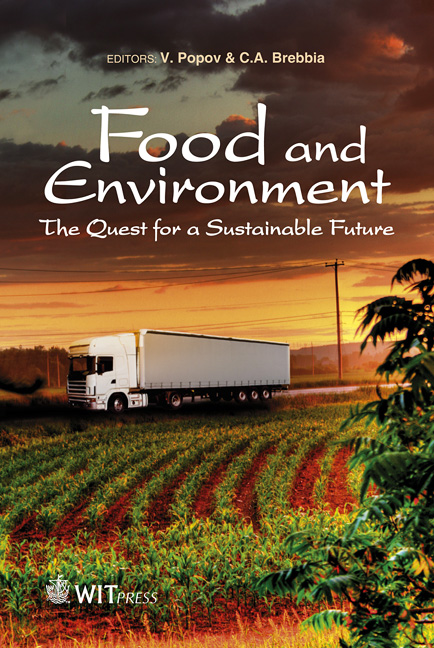Agrarian Urban Architecture
Price
Free (open access)
Transaction
Volume
152
Pages
11
Page Range
13 - 23
Published
2011
Size
969 kb
Paper DOI
10.2495/FENV110021
Copyright
WIT Press
Author(s)
T. Gentry
Abstract
In urban areas throughout the United States, the prevailing environmental design measures planners, architects and engineers use to address carbon footprint, water footprint, stormwater runoff, and food deserts are disassociated from one another, which produces suboptimal solutions. Reducing the carbon footprint typically involves scrutinizing the heating, cooling and light equipment. Reducing the water footprint invariably calls for the use of low-flow equipment, greywater systems and xeriscapes. Mitigating stormwater runoff defaults to the incorporation of rain gardens, bio-swales and green roofs. And, eradicating food deserts usually relies on the planning of farmers’ markets and community gardens. Missing is the one solution that addresses all four of these concerns – agrarian urban architecture. Planting green roofs, rain gardens, bioswales and public spaces with fruits and vegetables transforms urban rainwater from a stormwater management problem to a vital resource for community gardens and urban CSA (community supported agriculture) farms that are widely distributed throughout the urban area, which work to eliminate food deserts. Diverting rainwater away from measures that promote evaporation towards measures that produce food reduces the water footprint. And, producing food locally eliminates the carbon footprint associated with transporting food long distances. The only real challenge is getting this information into the hands of the people who can best effect a change – emerging planners, architects and engineers. This paper recounts a two-year effort to teach agrarian urban architecture by incorporate farming into a multidisciplinary design studio for planning, architecture and engineering students at the University of North Carolina Charlotte. The course pedagogy revolves around the integrated design process to seek environmentally and socially sustainable housing, which must include farming to be comprehensive.
Keywords
water footprint, rainwater, integrated design process, architecture, urban farming





